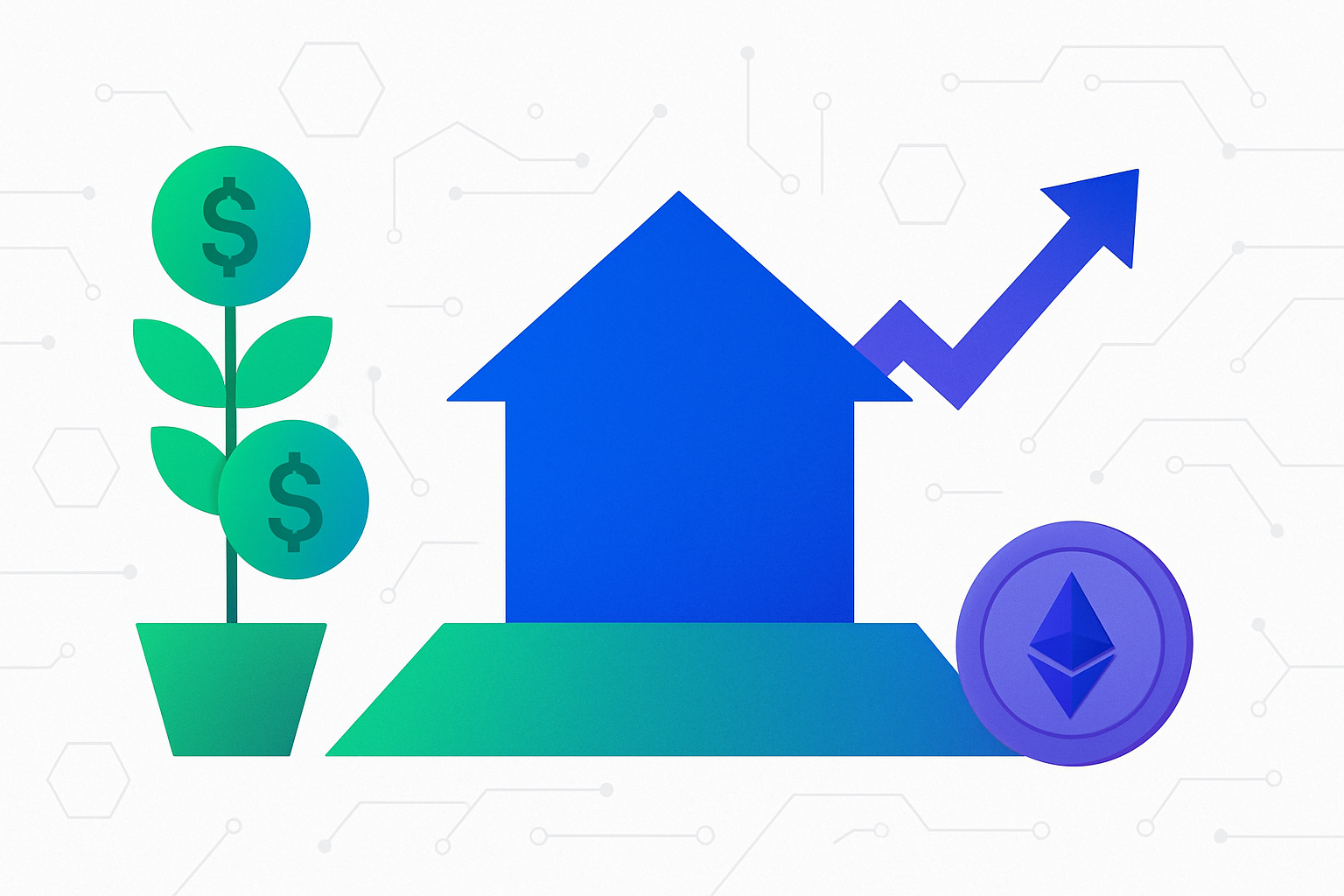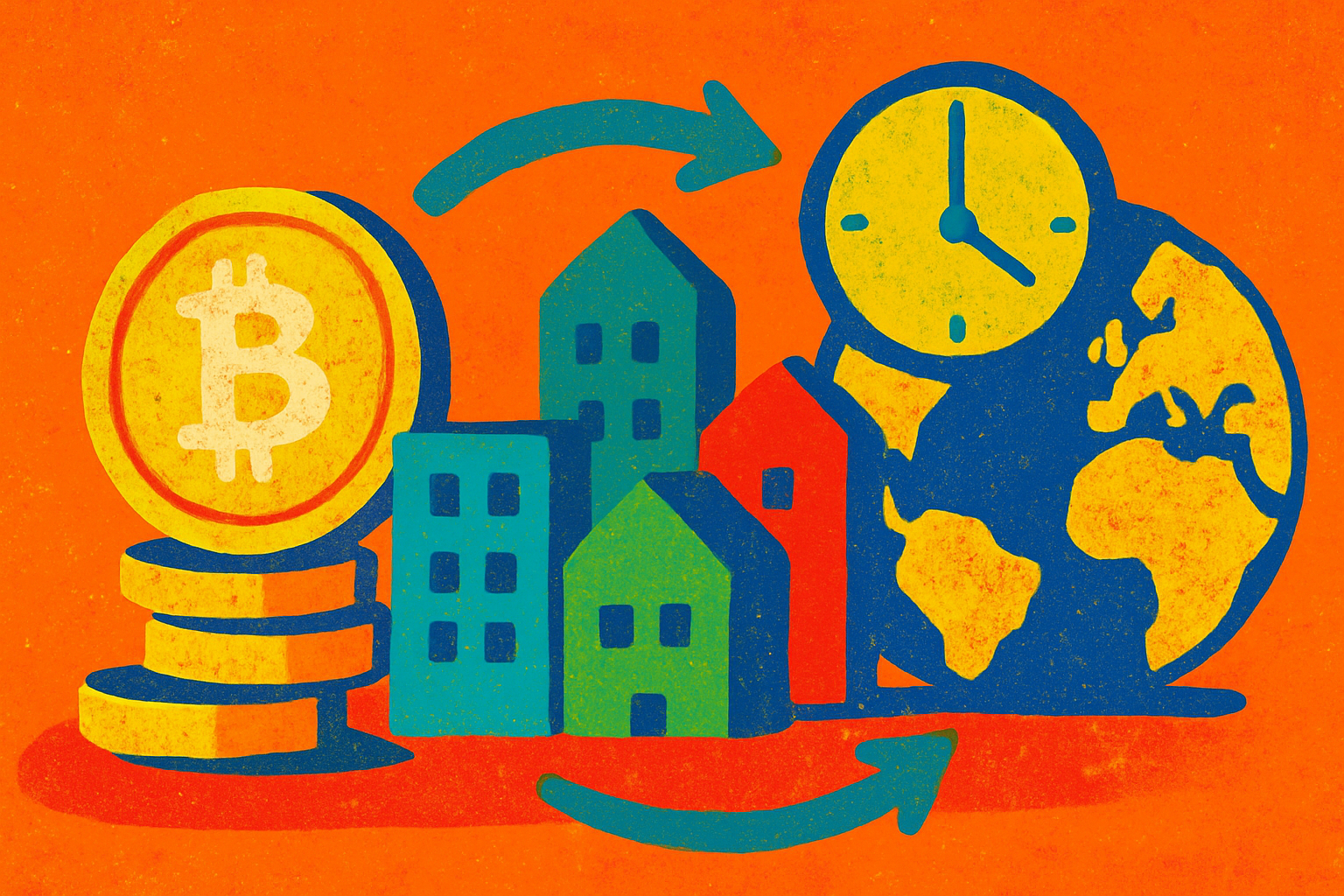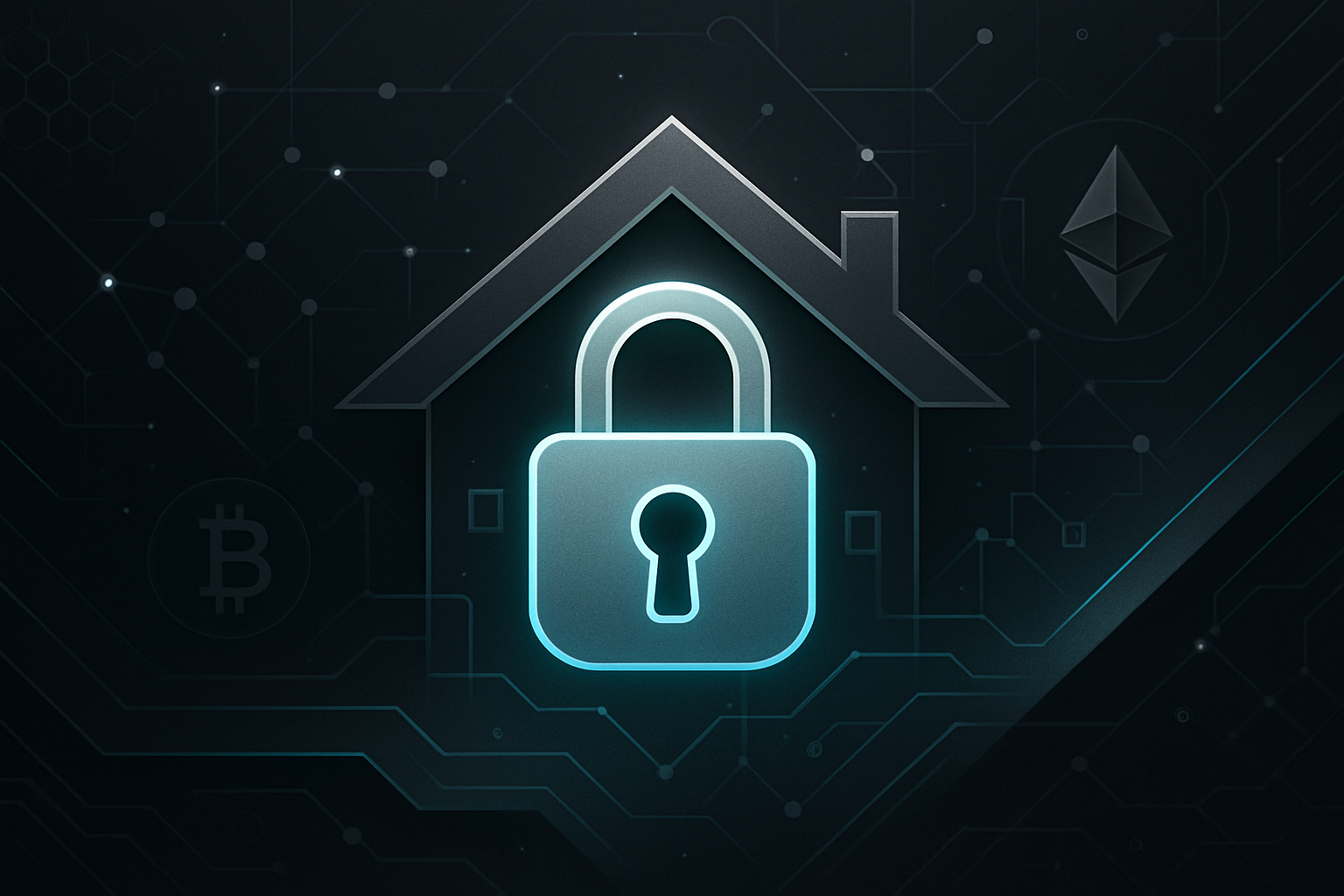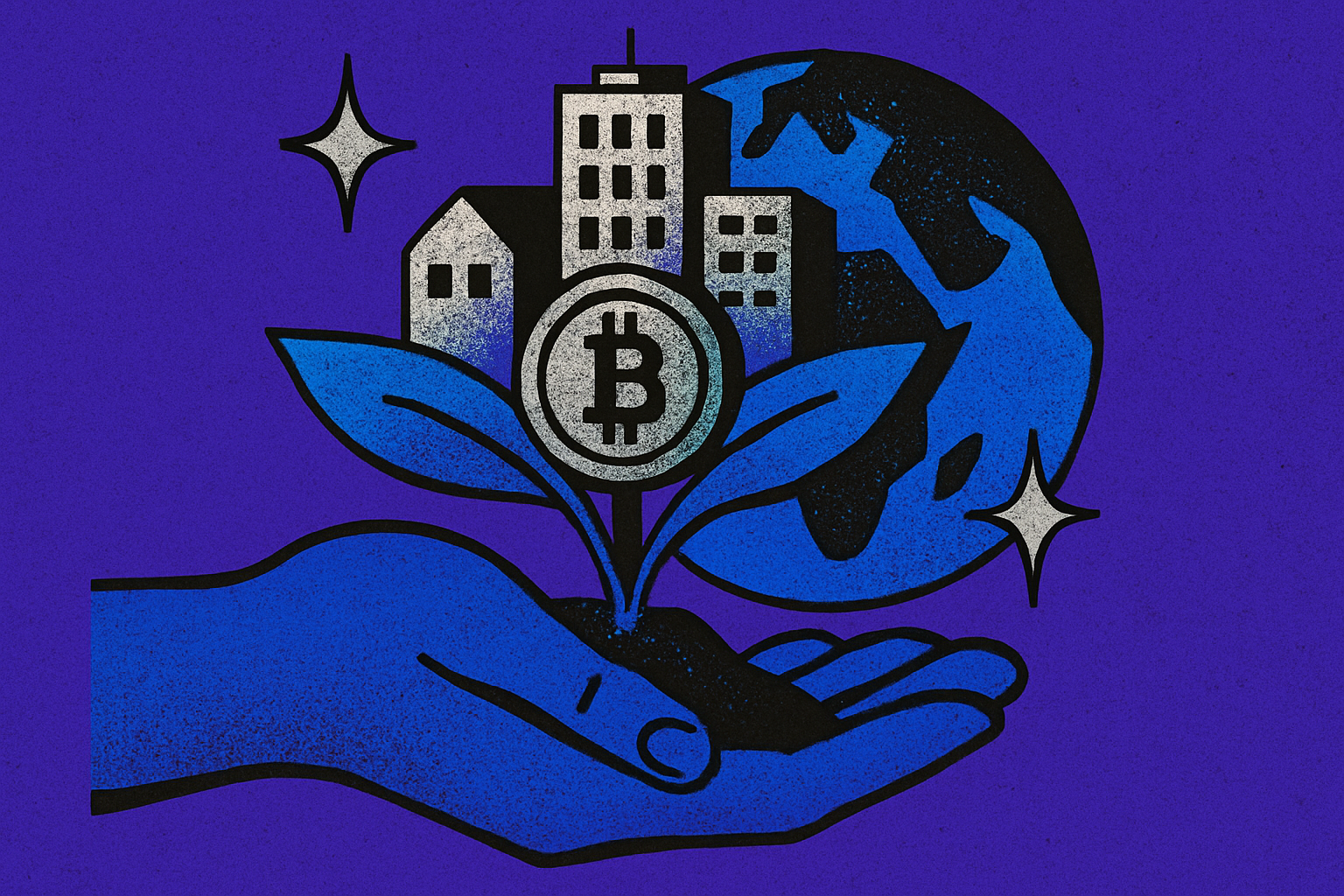How to Earn Passive Rental Income from Tokenized Real Estate in 2025

Tokenized real estate is rewriting the rulebook for passive income in 2025. Forget waiting years to save up for a down payment or dealing with leaky roofs and tenant headaches. Now, you can buy digital tokens representing fractional ownership in real-world properties and start earning rental yield almost instantly. The best part? You don’t need to be a property mogul or blockchain developer to get started.

Why Tokenized Real Estate Is Exploding in 2025
The traditional rental market has always been a fortress: high capital requirements, slow liquidity, and endless red tape. Blockchain real estate investing in 2025 shatters those barriers. Platforms are onboarding thousands of new users every month, letting anyone tap into fractional real estate ownership on the blockchain. Each token you buy is a direct claim on a slice of rental income from vetted properties – no property tours, no paperwork stacks.
What’s fueling this growth? Simple: liquidity, transparency, and automation. You can trade your property tokens on secondary markets or even use them as collateral in DeFi protocols. Rental cash flows are distributed automatically via smart contracts, meaning your earnings hit your wallet without middleman delays or hidden fees.
Step-by-Step: How to Earn Passive Rental Income with Property Tokens
If you want to capture real estate tokenization rental yield, here’s how you do it:
- Pick the right platform: Only trust platforms with transparent audits, strong compliance, and proven track records. Look for those offering detailed property data and regular yield updates. Want an insider view? Check out this step-by-step guide for beginners.
- Create your account and verify identity: Expect KYC/AML checks – these protect both you and the ecosystem from fraud.
- Add funds: Most platforms accept both fiat and crypto deposits. Funding is usually quick; some even support stablecoins for instant deployment.
- Select properties and purchase tokens: Analyze projected yields, location data, rent history, and token price. Top platforms offer deep-dive analytics so you can make informed picks.
- Sit back and collect rent: Once you own tokens, rental income flows to your wallet automatically – typically as USDC or USDT – based on your share of ownership.
This isn’t just theory; it’s happening now at scale. Investors are stacking up monthly returns without ever lifting a finger on-site.
Beyond Rent: Advanced Yield Strategies with Tokenized Real Estate
The passive income doesn’t stop at simple rent splits. In 2025’s tokenized landscape, savvy investors are pushing their yields further by leveraging staking rewards and DeFi integrations. Some platforms let you stake your property tokens for bonus payouts or participate in liquidity pools where transaction fees generate extra cash flow alongside standard rent distributions.
If you’re ready to move past old-school REITs and unlock new revenue streams with fractional property ownership on blockchain rails, now’s the time to act. For more detail on how fractionalization works under the hood (including million-dollar property examples), see this breakdown: How Fractional Real Estate Tokenization Works: A $1 Million Property Example.
Tokenized real estate investing is about more than just convenience; it’s about control, flexibility, and maximizing your passive income. With blockchain-powered property tokens, you can rebalance your portfolio in seconds, exit positions without waiting for a buyer to close on a house, and reinvest earnings with a click. The secondary market for real estate tokens is heating up, giving you the liquidity edge that traditional landlords can only dream about.
Let’s break down how these strategies stack up against each other in 2025:
Comparison of Passive Income Options: Traditional Rental Properties vs. Tokenized Real Estate vs. REITs (2025)
| Option | Liquidity | Minimum Investment | Yield (Estimated Annual) | Ownership Type | Management Responsibility | Access to Investment | Income Distribution Frequency |
|---|---|---|---|---|---|---|---|
| Traditional Rental Properties | Low (can take months to sell) | $50,000+ | 4% – 8% | Direct property ownership | High (landlord duties) | Limited (requires significant capital and credit) | Monthly |
| Tokenized Real Estate | High (tokens can be sold on marketplaces) | $50 – $500 (fractional) | 6% – 10% | Fractional ownership via blockchain tokens | None (platform-managed) | Global (open to retail investors) | Daily, Weekly, or Monthly (varies by platform) |
| REITs (Real Estate Investment Trusts) | Medium (public REITs traded on stock exchanges) | $100+ | 3% – 7% | Shares in a trust holding multiple properties | None (managed by REIT) | Global (via brokerage accounts) | Quarterly or Monthly |
What to Watch Out For: Risk Factors and Pro Tips
No investment is risk-free. While tokenized real estate passive income is rewriting the playbook, you need to stay sharp. Platform reliability is critical, always check for third-party audits and regulatory compliance. Don’t ignore the fine print on smart contract terms or rental agreements; transparency doesn’t mean you can skip due diligence.
Market volatility isn’t just for crypto coins anymore. Real estate values can fluctuate based on local economics or tenant turnover, even when tokenized. Diversify across regions and property types to buffer your returns against shocks. If you’re curious about how smart contracts automate yield distribution (and what that means for your risk profile), this resource is a must-read: How Smart Contracts Enable Automated Yield Distribution in Tokenized Real Estate.
Real-World Results: Passive Income in Action
The numbers don’t lie: early adopters are already seeing steady returns from fractional property ownership via blockchain. Some platforms publish monthly performance dashboards showing net yields after expenses, often beating traditional rental benchmarks thanks to lower overhead and automated management.
If you want concrete proof of concept, check out this detailed case study showing actual cash flow from tokenized properties: Case Study: Real World Rental Returns from Tokenized Properties.
Is Tokenized Real Estate Right for You?
If you’re looking for hands-off cash flow without the headaches of direct property management, or if you want exposure to global real estate markets with as little as $50, tokenization should be on your radar. The space is evolving fast; early movers are already locking in reliable yields while old-school investors are still stuck waiting for their next rent check.
The bottom line? Timing is everything. The window to capture outsized returns from blockchain real estate investing in 2025 won’t stay open forever. Do your research, start small if needed, and let automation do the heavy lifting while you collect rent like clockwork.





